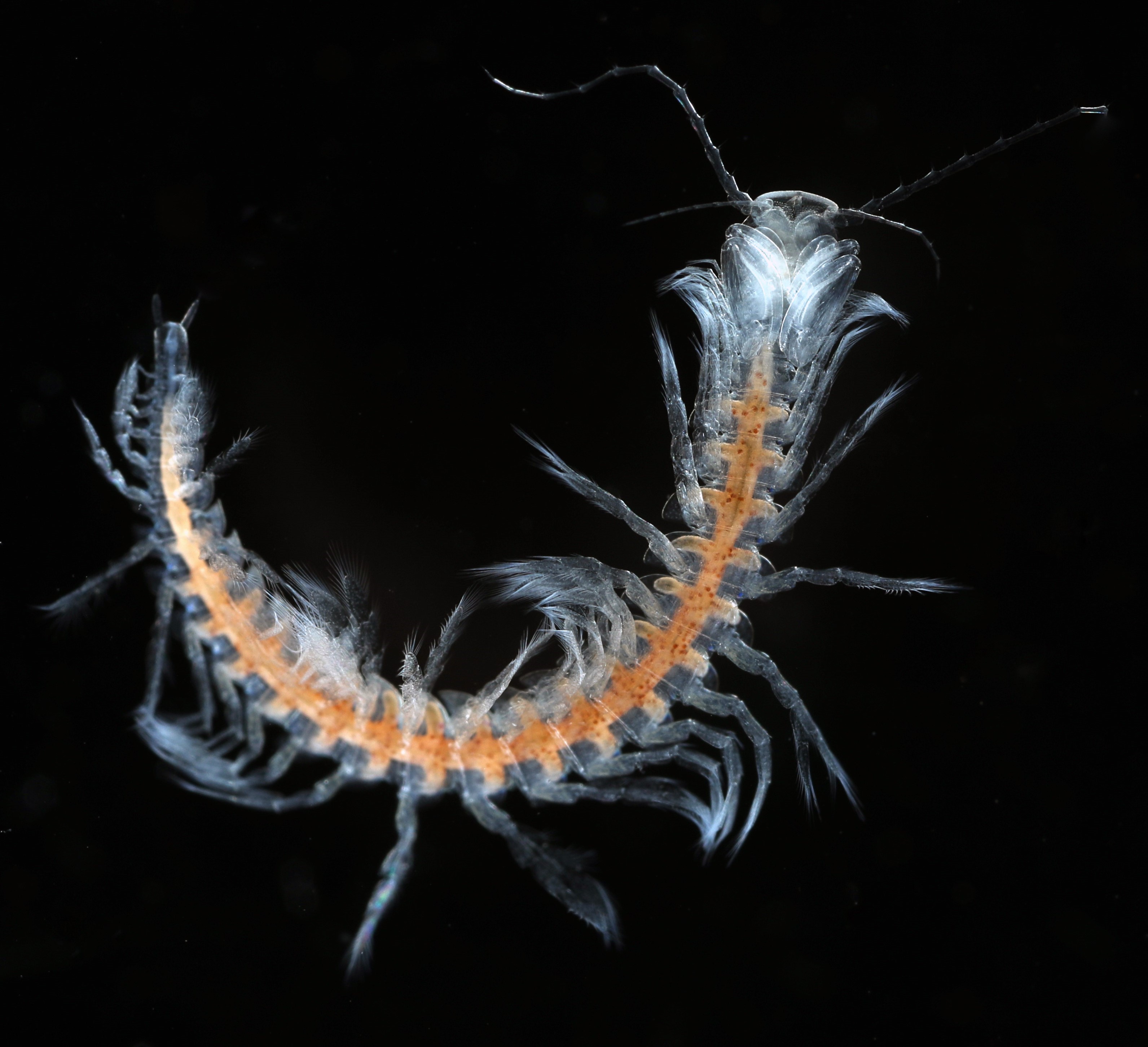A team working in the Turks and Caicos Islands discovered at least one new species of cave crustacean. Believed to be a new remipede, it’s most likely related to those found in the Yucatan Peninsula of Mexico.
If you were wondering what a deep cave dwelling crustacean looks like– it looks like a monster from your nightmares.
Texas A&M professor, and team leader Tom Iliffe is sure the crew will find more: “We collected what we believe is a new remipede species, likely related to those found in the Yucatan Peninsula of Mexico,” Iliffe told Texas A&M Today. “Other new species of cave and marine life will likely be found once further examination is complete.”
Iliffe is no stranger to cave exploration. Throughout his career, the college professor has discovered more than 350 species of marine life while exploring over 1,500 underwater caves.
“Time is critical and running out for this research,” Iliffe explained. “Many of these caves are in danger of pollution or destruction. One cave in which we found a rich assortment of marine animals on our last trip here, is now polluted and lifeless. If we don’t obtain this information now, it may be lost to us forever.”
One of the goals of his team’s research is to learn more about the remipede’s ancestors.
“I plan to use DNA sequencing technology to investigate similarities between these specimens and those living in the deep sea. This will aid us to understand how animals can adapt and live in such lightless, food poor habitats,” Brett Gonzalez, a graduate student involved in the study, said. “Extreme environments like anchialine caves and the deep sea drive some scale worms into the water column, enabling them to survive as predatory swimmers. Now, our team is the first to capture this swimming behavior on film and use it for detailed video analysis.”
Through molecular and morphological analyses, the team hopes to gain insight into the evolution of cave crustacean from these unique locations and how they adapt to such harsh living conditions.
Thanks for reading InsideHook. Sign up for our daily newsletter and be in the know.
